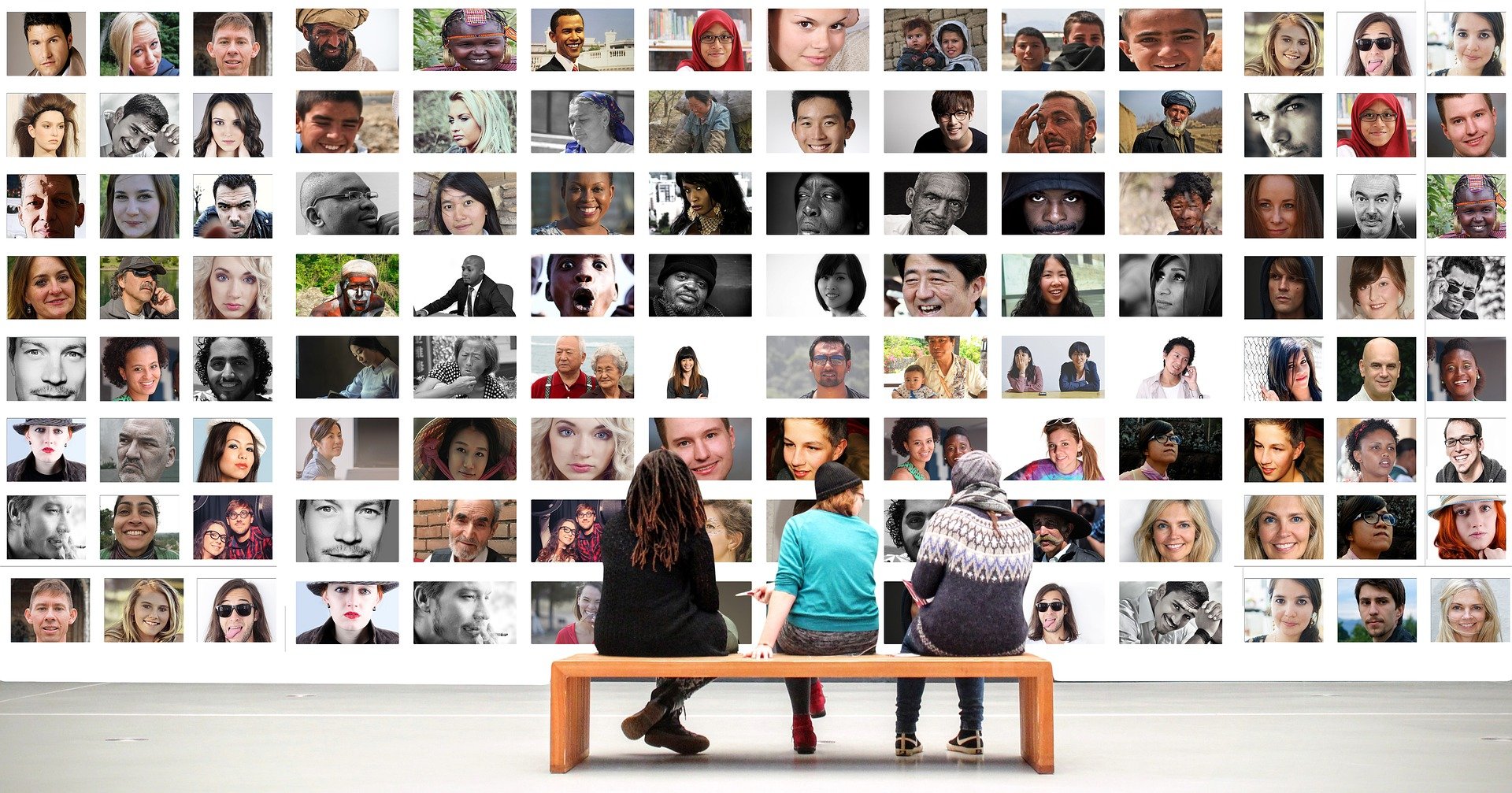

UBC Sociology Professor Guy Stecklov’s new course, Global Population Dynamics, aims to engage with population dynamics from a very global and historical perspective. Populations today are clear reflections of our own histories and today’s population – population size, structure and composition – is a key determinant of our future population.
Populations are affected by three primary factors: births, deaths, and migration. Any other social, behavioral or biological influence affects populations through one of these factors. The succinct nature of demographic change makes it a fascinating field to explore how the world has changed as a whole, as well as how distinct portions of the globe have changed over time. SOCI 204 – Global Population Dynamics will be taught as part of Winter Term Two starting January 2022.
We spoke to Dr. Stecklov about what students will study in his class.
What will you be covering in this class?
The course aims to be an introduction to some of the most important population changes that have occurred over many centuries, including the demographic transition, fertility declines and mortality crises, migration and urbanization, population ageing, and much more. Our focus will be very broad in geographic and historic terms, but will also pay attention to Canada in past and present. We will spend considerable time touching on questions about how to think about the future trajectory of populations.
What do you hope people take away from this class?
I spend a lot of time mixing both substantive understanding of population change with providing students the analytical tools needed to understand demographic concepts and processes. I emphasize the quantitative and analytical nature of the course because I believe that while students may find some of the approaches complex, they will also find they provide a new lens to examine the world around them. Students that engage with these methods will both be better equipped to examine and understand population change, and will also benefit from learning tools that can be used in studying a broad range population level processes.
What motivated you to develop this course?
I have taught population change in various formats for a long time. However, I have never put together a course aimed at students with no prerequisites with such a broad geographical and historical perspective. However, as I study population change in diverse settings, it’s become increasingly clear that we learn so much from examples of other societies and cultures and how they experienced demographic change. I recognize that the quantitative focus of the study of demography may be attractive to one group of students, but be a source of concern for others. However, I sincerely believe that demographic models are a powerful approach to build a deeper understanding into modeling and statistics for students – both those with stronger backgrounds and those with greater concern and reluctance of quantitative courses.
How would you describe your teaching style?
I will be aiming to emphasize real examples in the class, drawing from resources on the history of population change. We will spend time in class covering key concepts, but also work together in smaller groups on application of concepts to make sure students understand how demographic models can be applied. There are no prerequisites, but I expect students to be able to use excel and to do simple mathematical operations in their homework assignments.


